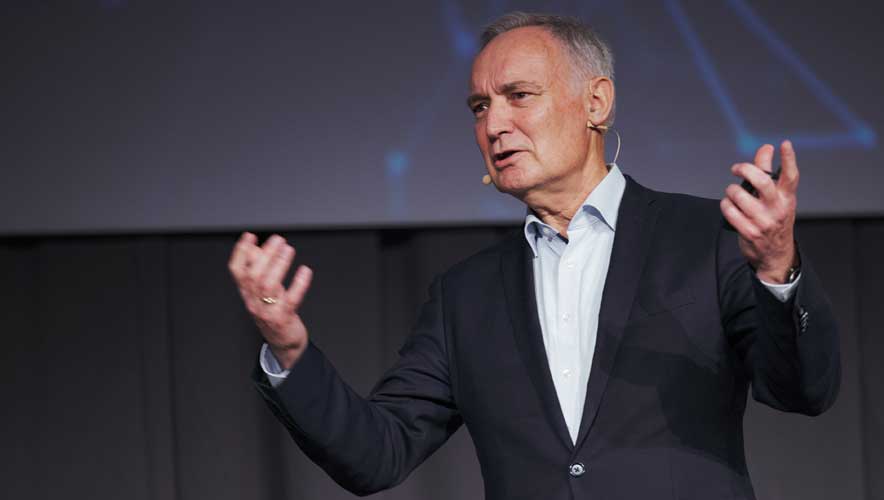At ASIS Europe, Security Leaders Prepared for Unexpected Challenges—and Benefits
When security leaders move beyond focusing on the urgent they can find solutions for the important. This allows practitioners to look beyond short-term crisis response to study and address long-term, existential challenges such as extremism along supply chains, globalization, compliance, and climate change, as demonstrated in sessions at ASIS Europe 2024 in Vienna, Austria.
“Information becomes more important when circumstances become more unstable,” said General (ret.) Tom Middendorp, chairman of the International Military Council on Climate and Security and the plenary session speaker at ASIS Europe on 21 March.
Sharing information across departments, organizations, and industries enables security leaders to look further afield, develop scenarios, and plan ahead. In turn, this enables practitioners to better support their stakeholders in uncertain times.
“The more unstable the environment becomes, the more we need to communicate,” Middendorp said. “We have a tendency that we communicate at the moment that we know all the answers, but that’s too late.”
Uncertainty begets emotion for stakeholders and employees, he said, so regular communication about what the organization is facing and how it is dealing with the situation can help diffuse tension, clearing up misconceptions and misinformation.
Consistency is an essential part of building trust among staff, especially when reporting trends and managing a global footprint of security incidents. The global security team at Airbus explained in an enterprise case study session how it implemented a digital transformation project to unify and streamline security guard tour management and incident reporting across half a million security patrols every year, enabling the organization to identify trends and solve challenges as they emerge.
“The future will be built on data, and if you haven’t transformed, do it now,” said Craig Morton, head of physical security at Airbus.
Another common refrain at ASIS Europe was that every new venture—whether a physical security installation, an operational technology cybersecurity prioritization, or a new management initiative—begins with a solid strategy and a clear picture of the goals to be met. That’s not to say, though, that unexpected hurdles or benefits might arise.
At Airbus, the transformation project resulted in several intended aims: professionalizing reporting, unifying incident data and tracking across regions, and better leveraging of the guard force's potential. But Morton and his colleague, Vonda Greene, head of physical security for Airbus Americas, Inc., also realized secondary benefits: greater protection for lone workers, capacity to integrate new technology, and the opportunity to manage service providers' performance.
Airbus' security team also discovered that the increased importance placed on guard reports and data led to improved morale and buy-in among the guard force because they saw the organization prioitizing and leveraging their contributions to make notable decisions.
Presenters also discussed morale and loyalty in multiple sessions, especially when it comes to management challenges. Attendees spoke about intergenerational conflicts, differences around leadership styles and support, and issues with recruiting and retaining employees across sectors and geographies.
In a session on the human side of managing during a state of permacrisis, Erik Marangoni, regional security director EMEA and South America at Daimler Truck AG, explained that investing time, compassion, and curiosity in your employees can produce a more resilient and engaged workforce that is willing to stick around long-term to advance the organization.
“In order to have a resilient organization, a vision is not enough,” he said.
Although outlining a strategic vision can guide future decisions and direction, resilience boils down to taking care of the humans who make the organization function. Managers who do this well can foster more creative, empowered, and dedicated teams that can push organizations into a more proactive and productive space, Marangoni added.
Learn more about ASIS Europe at asiseurope.org.











